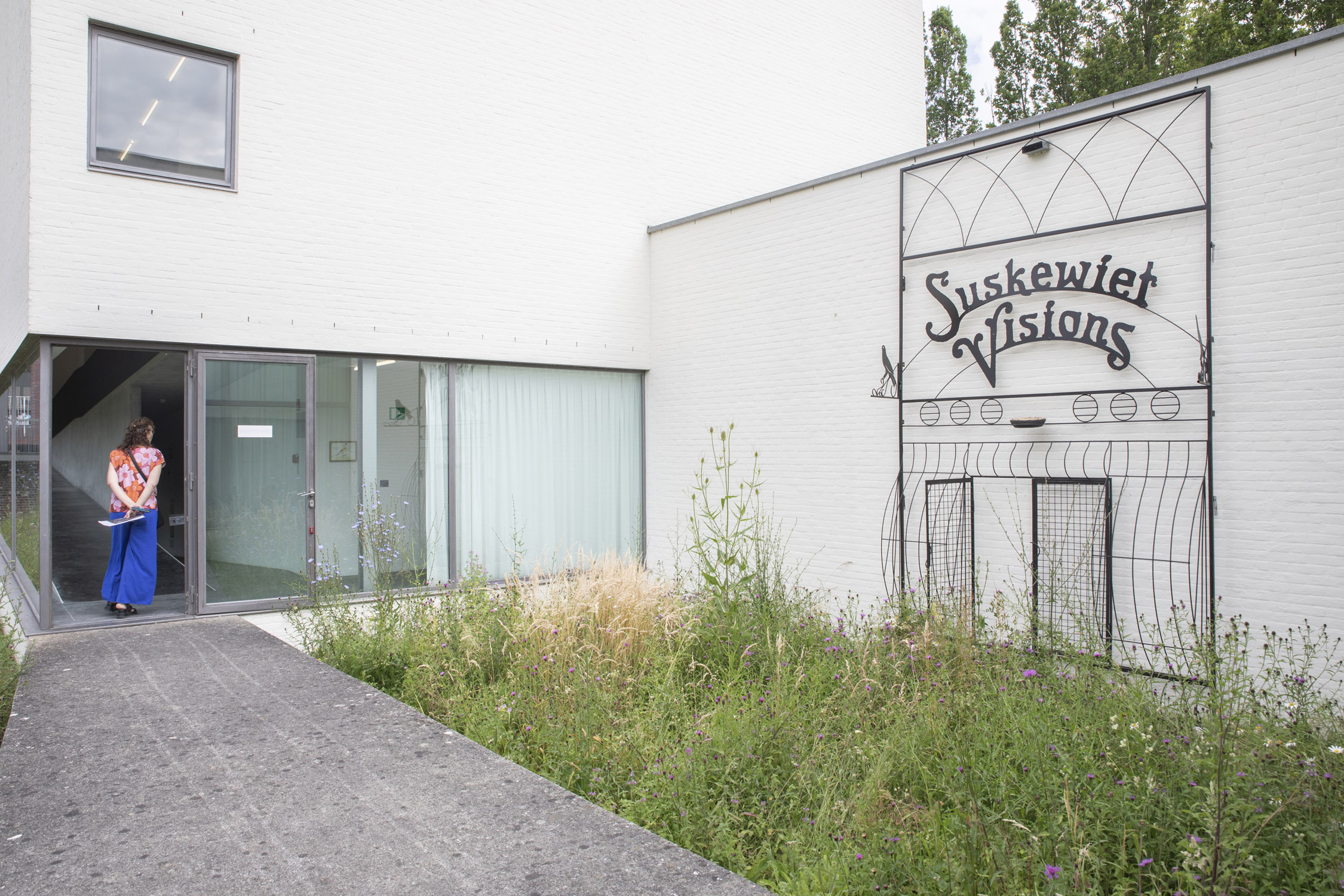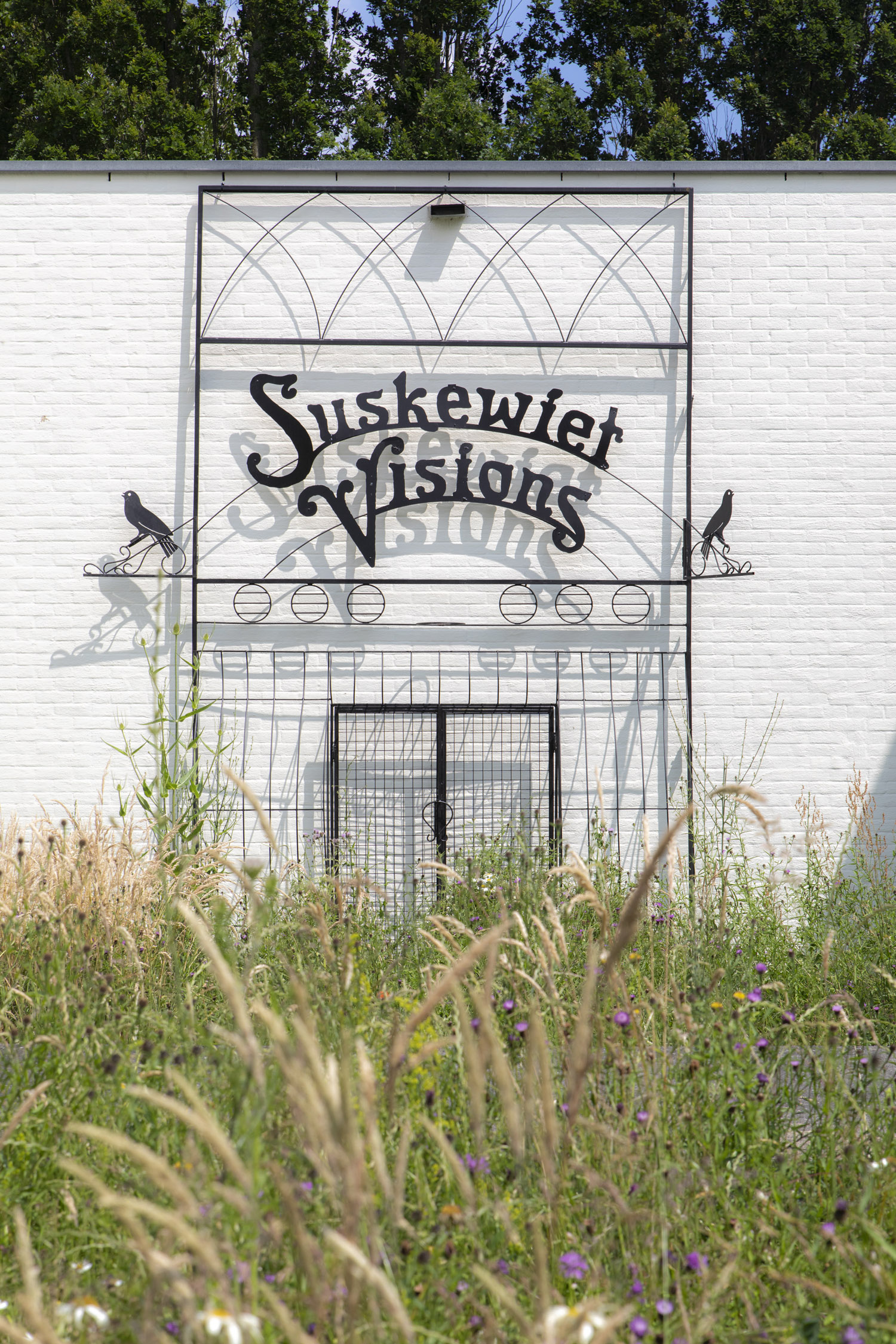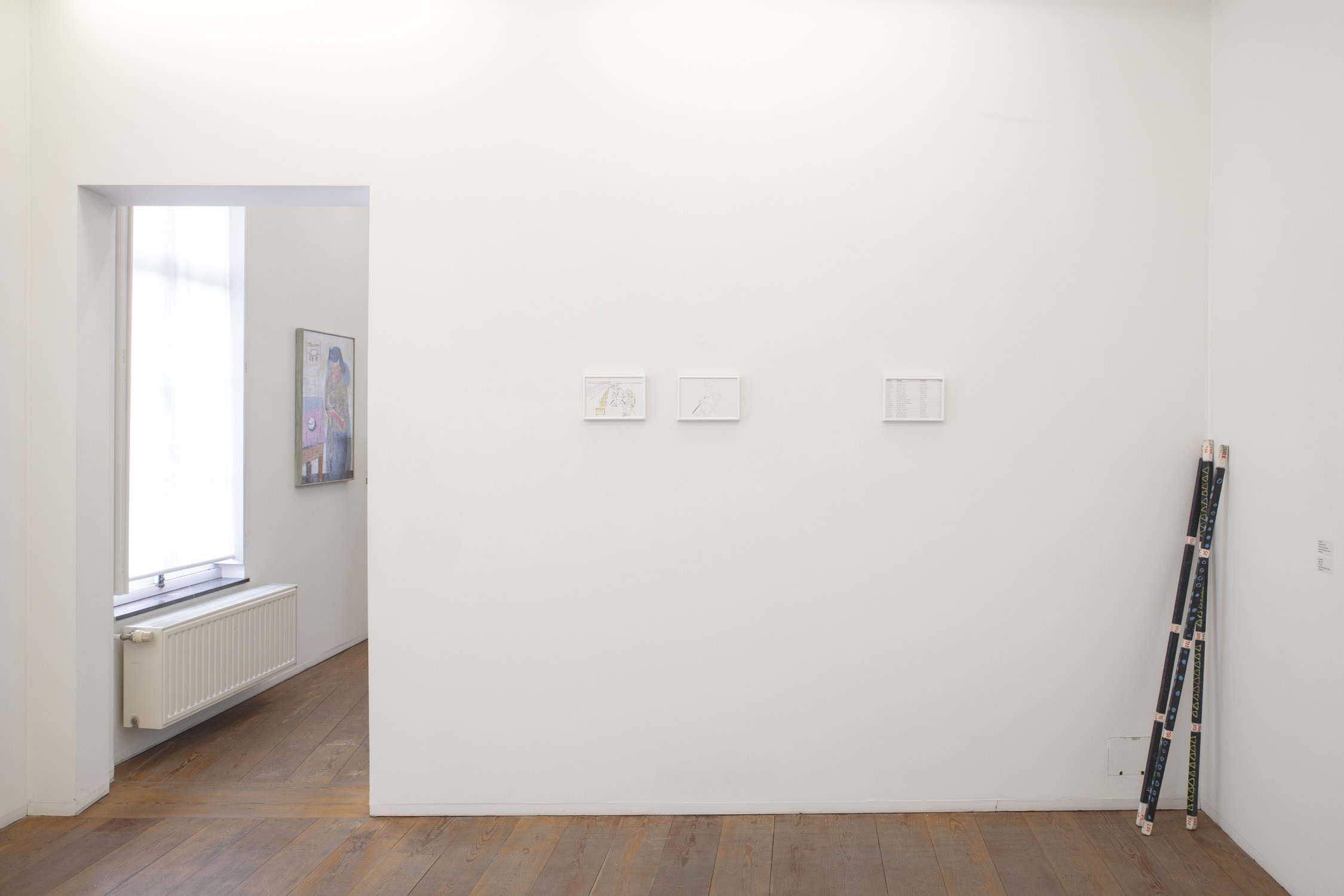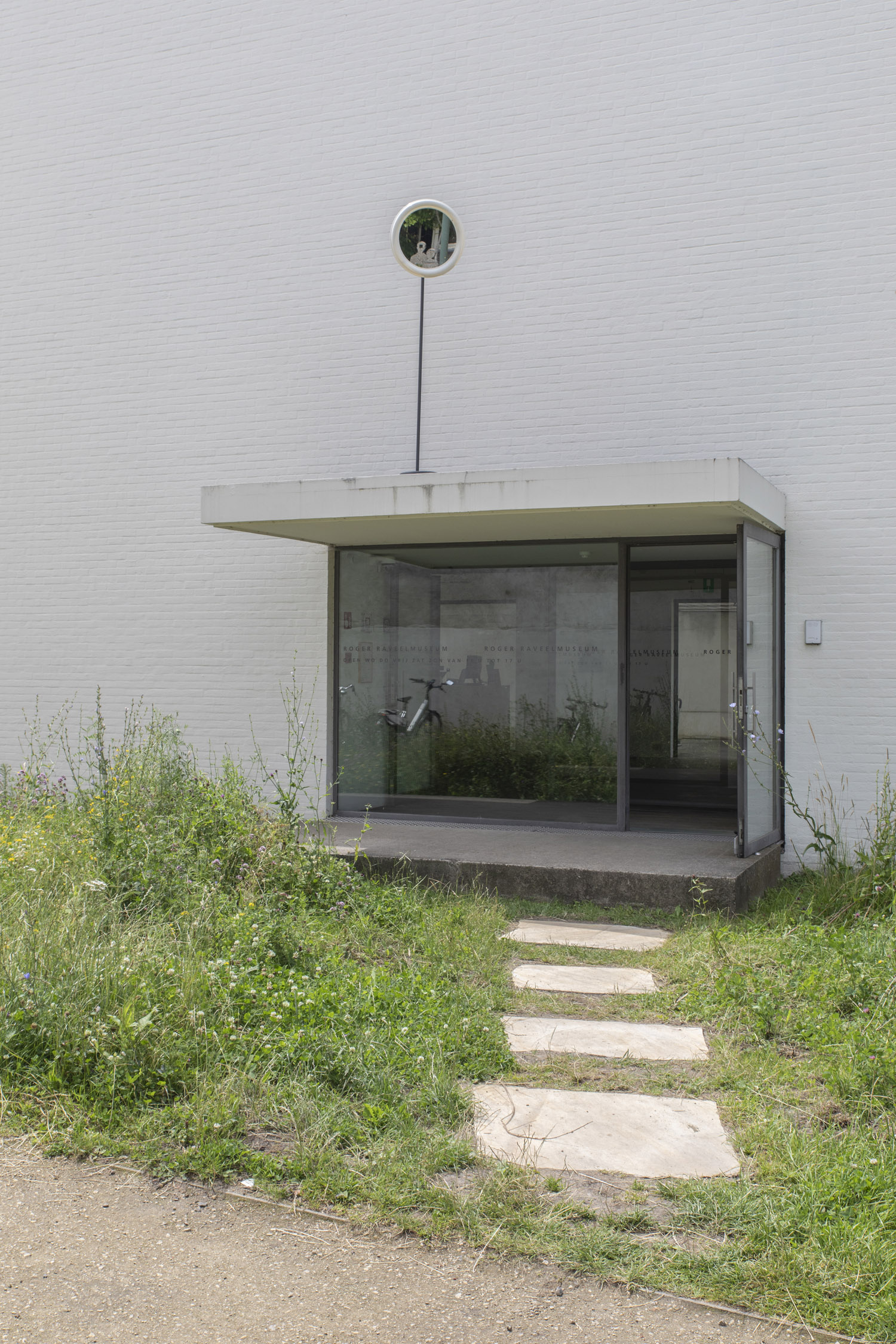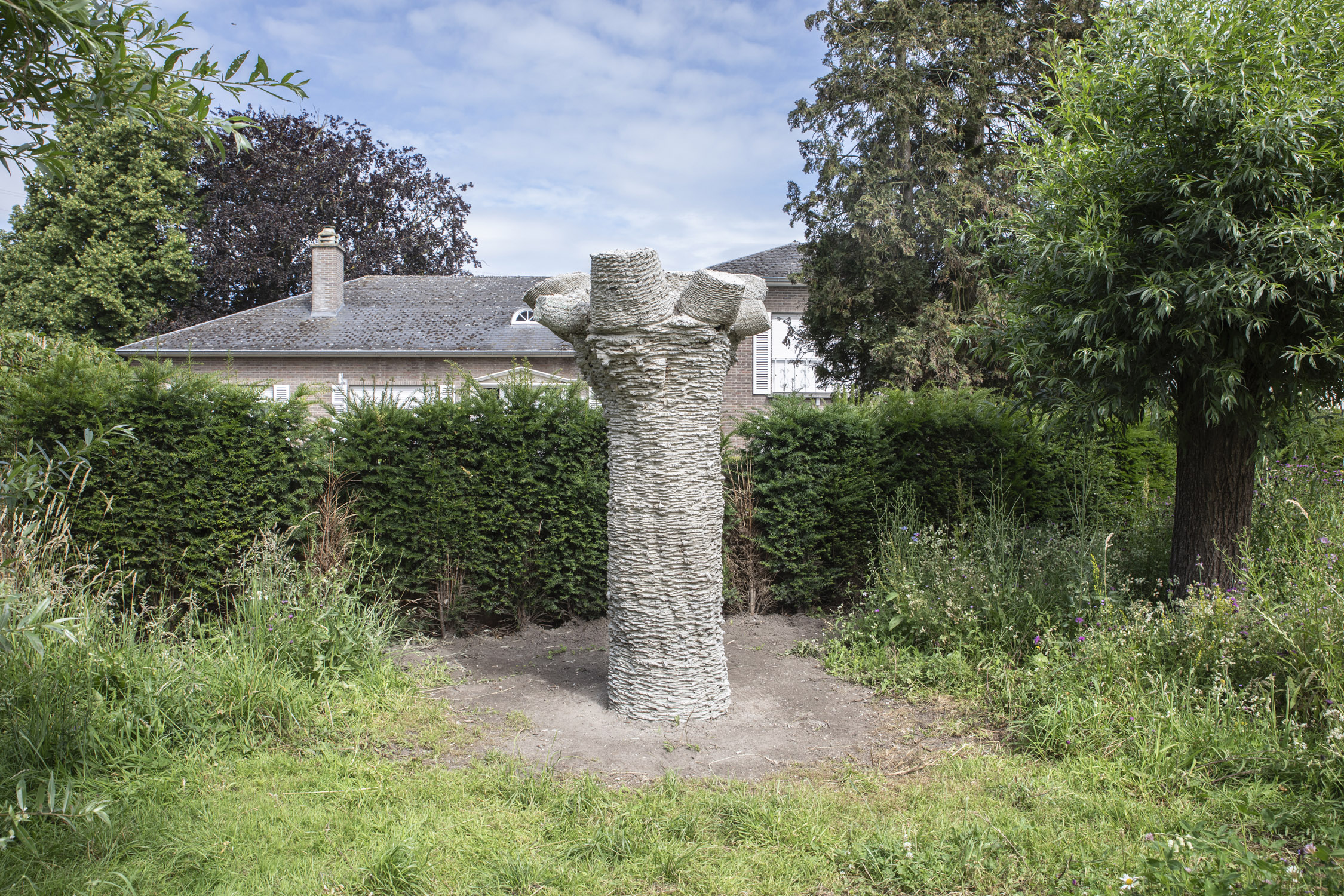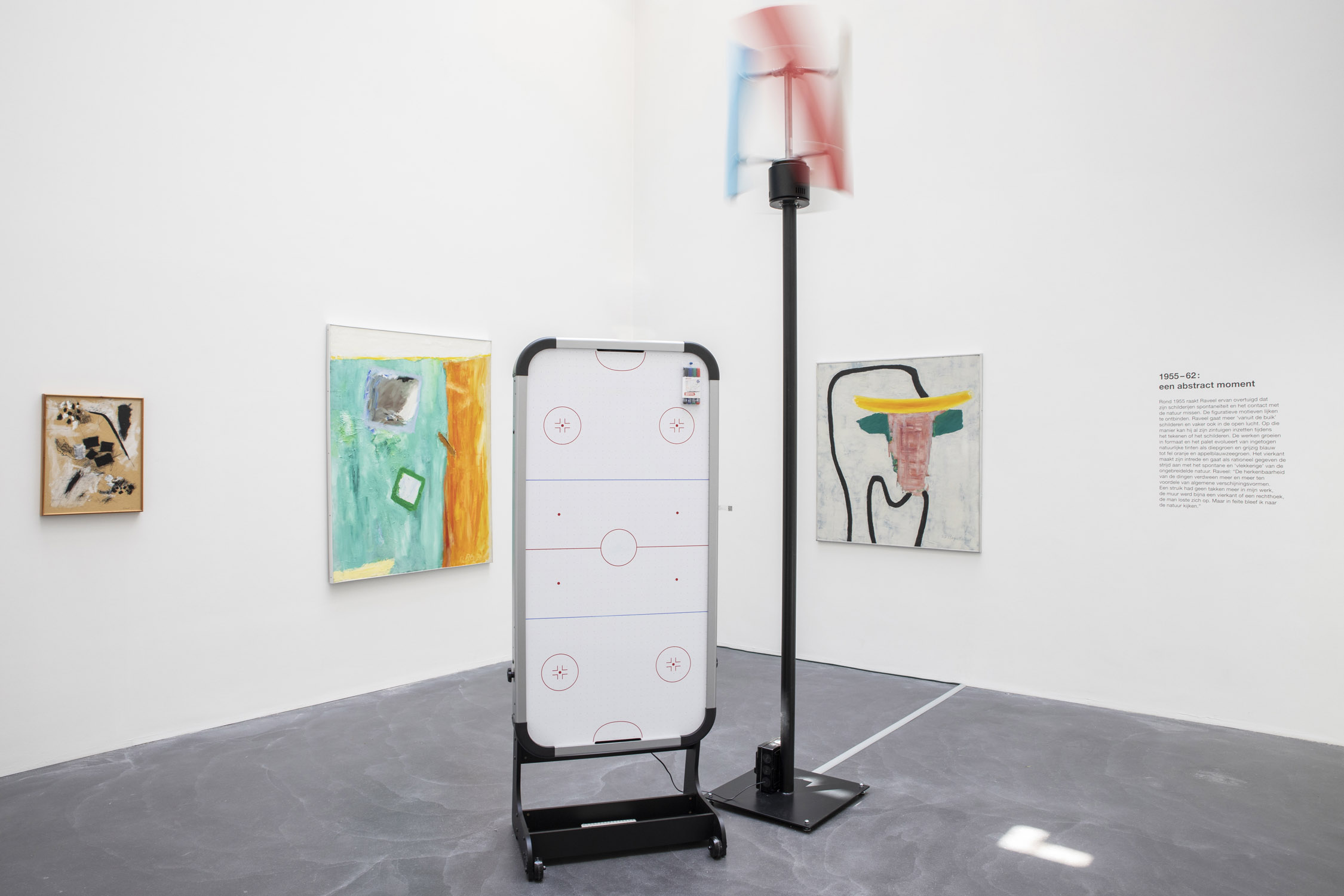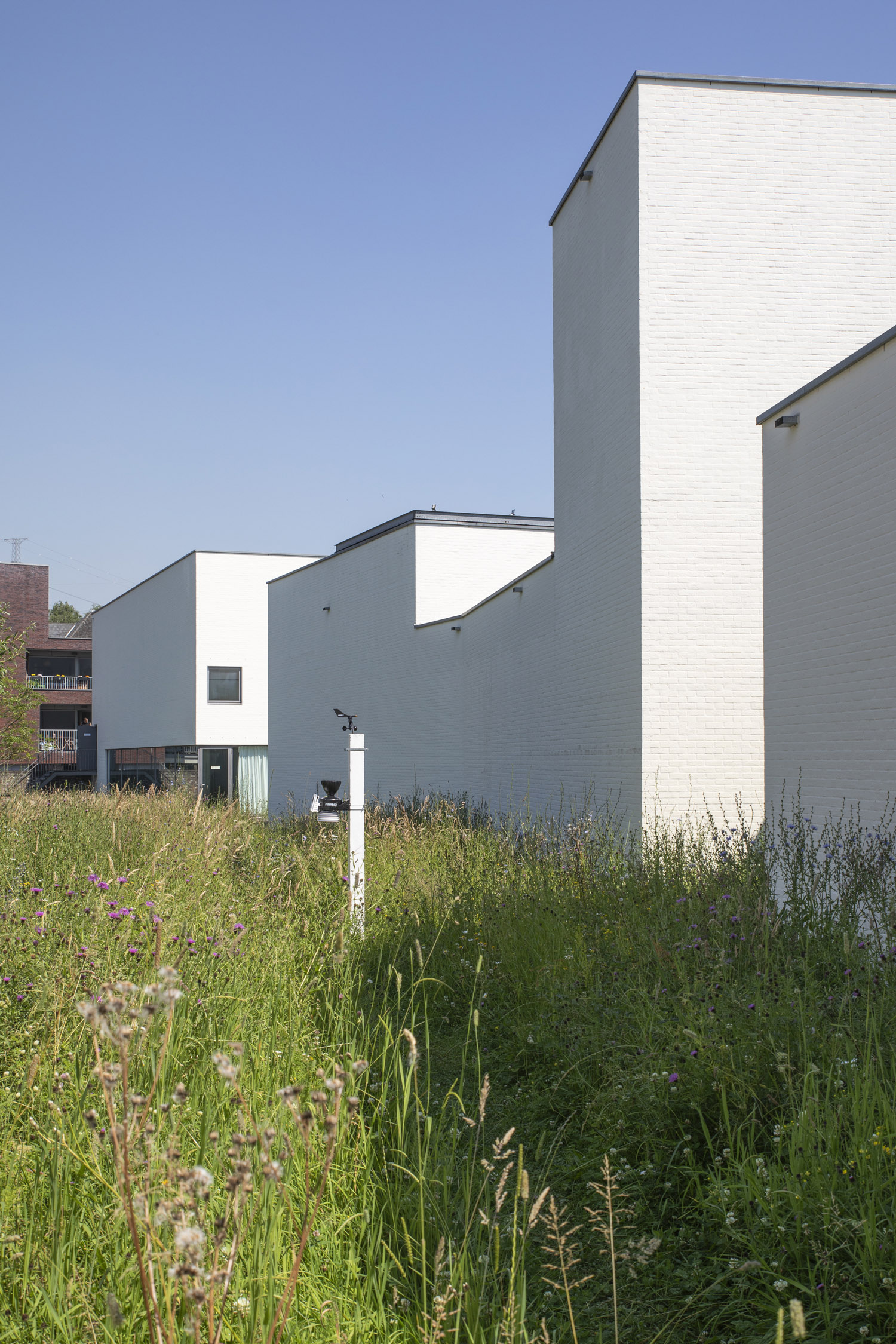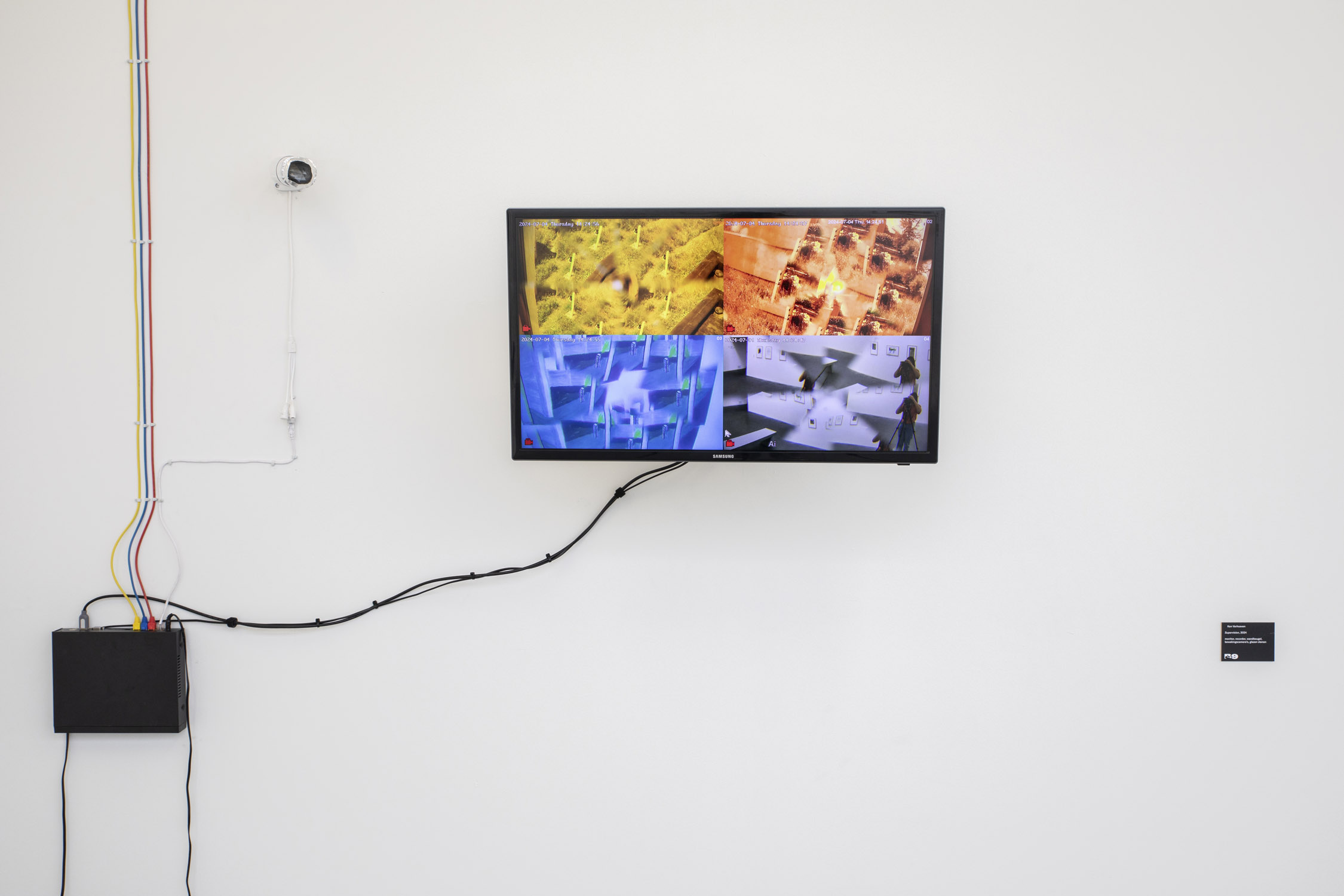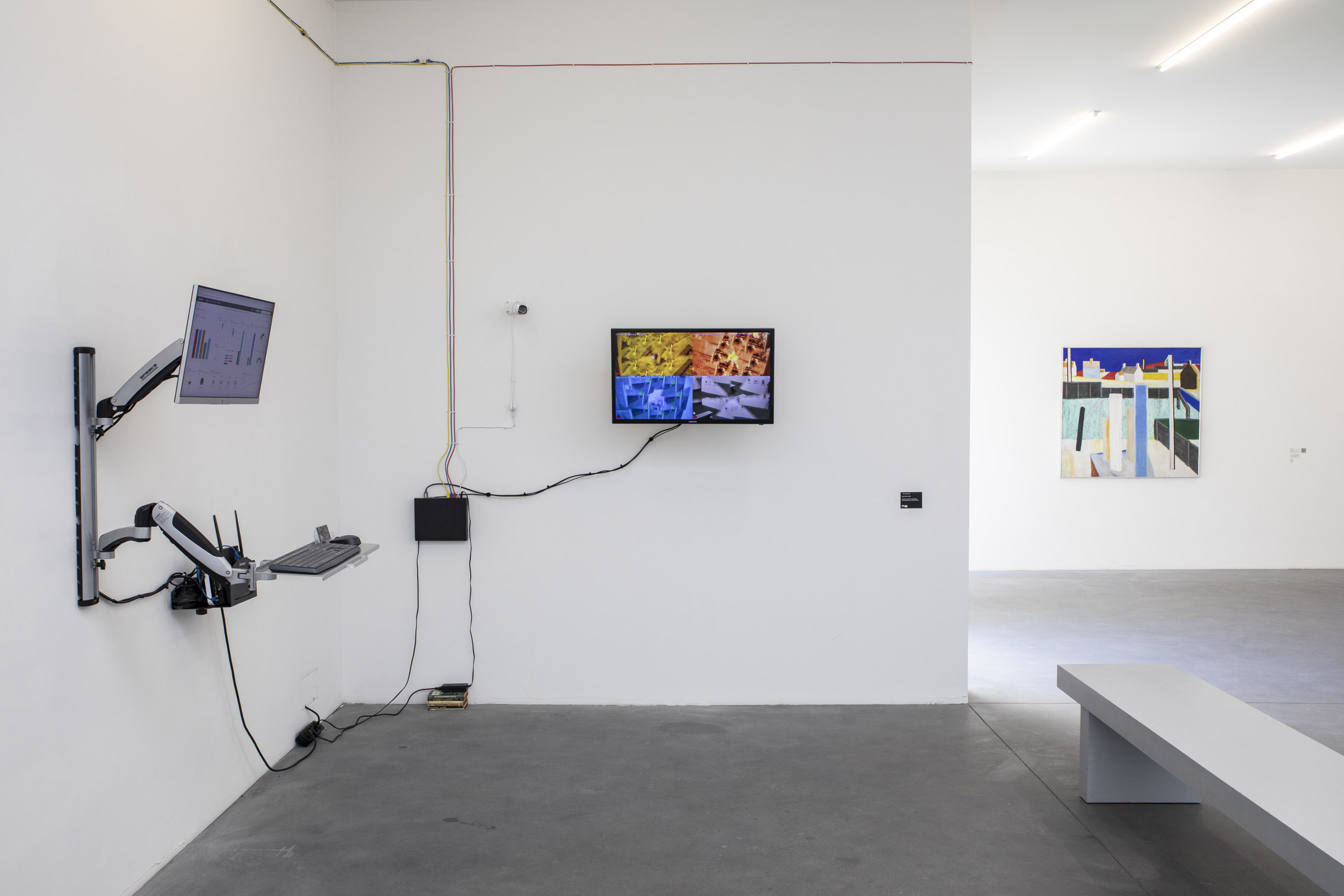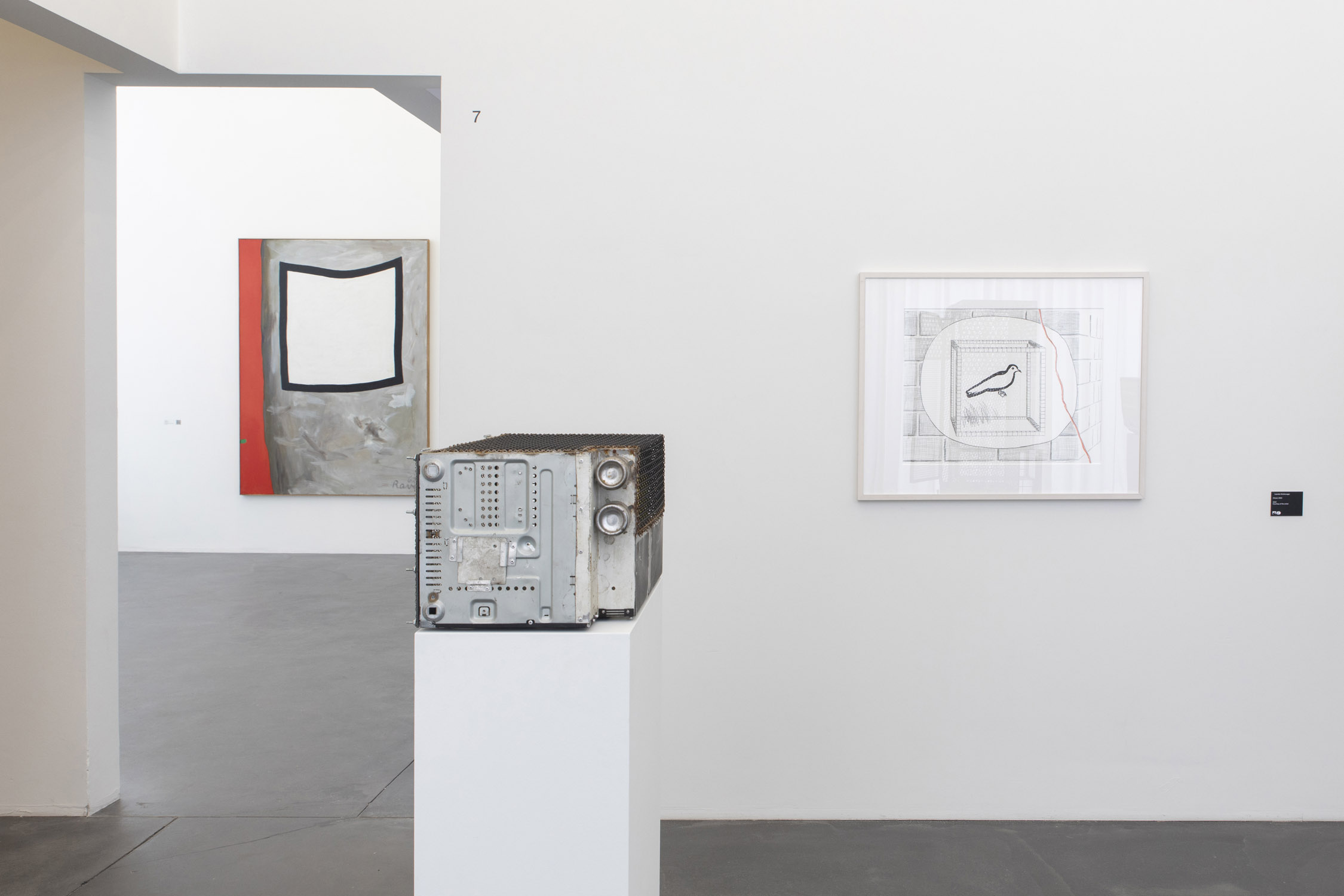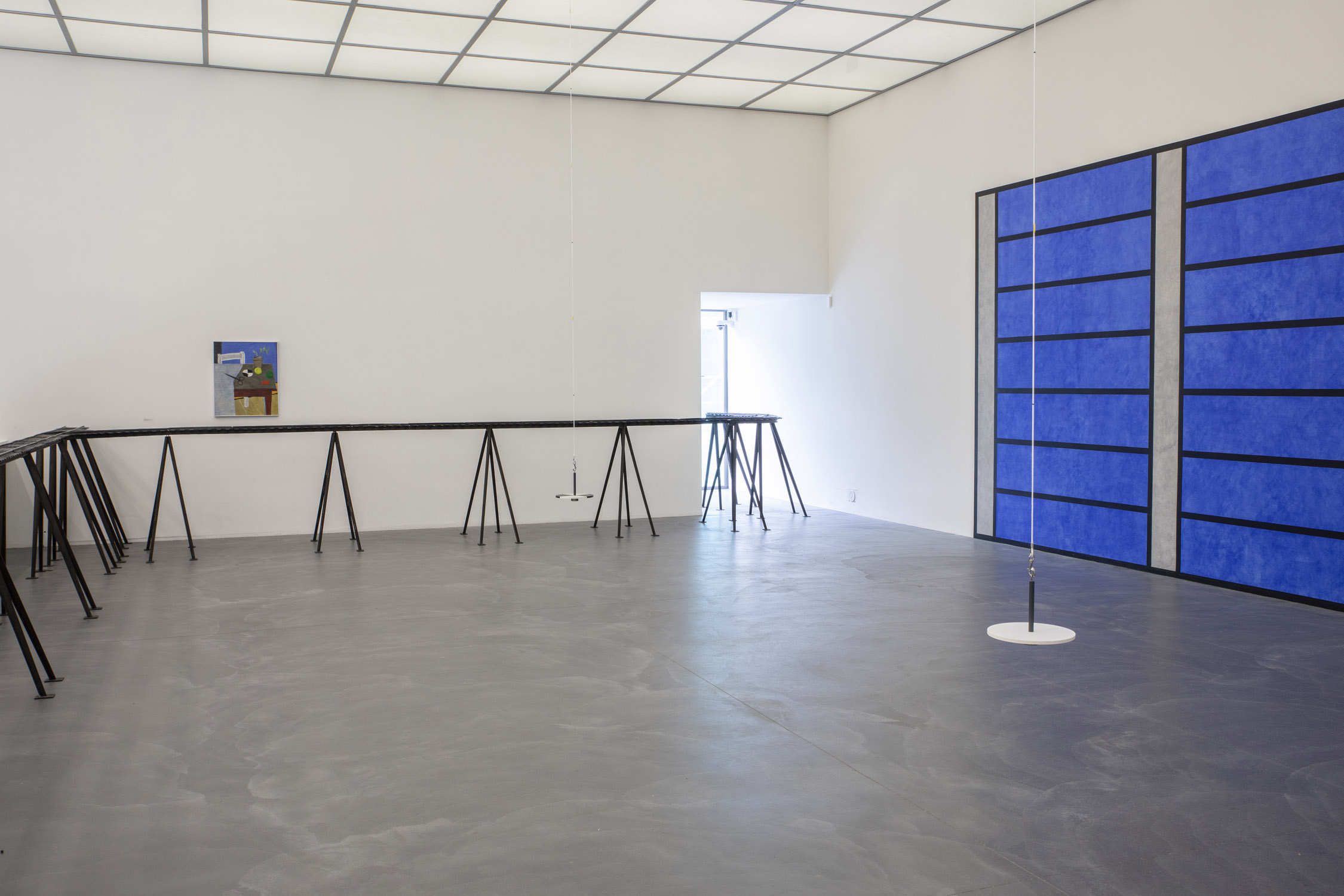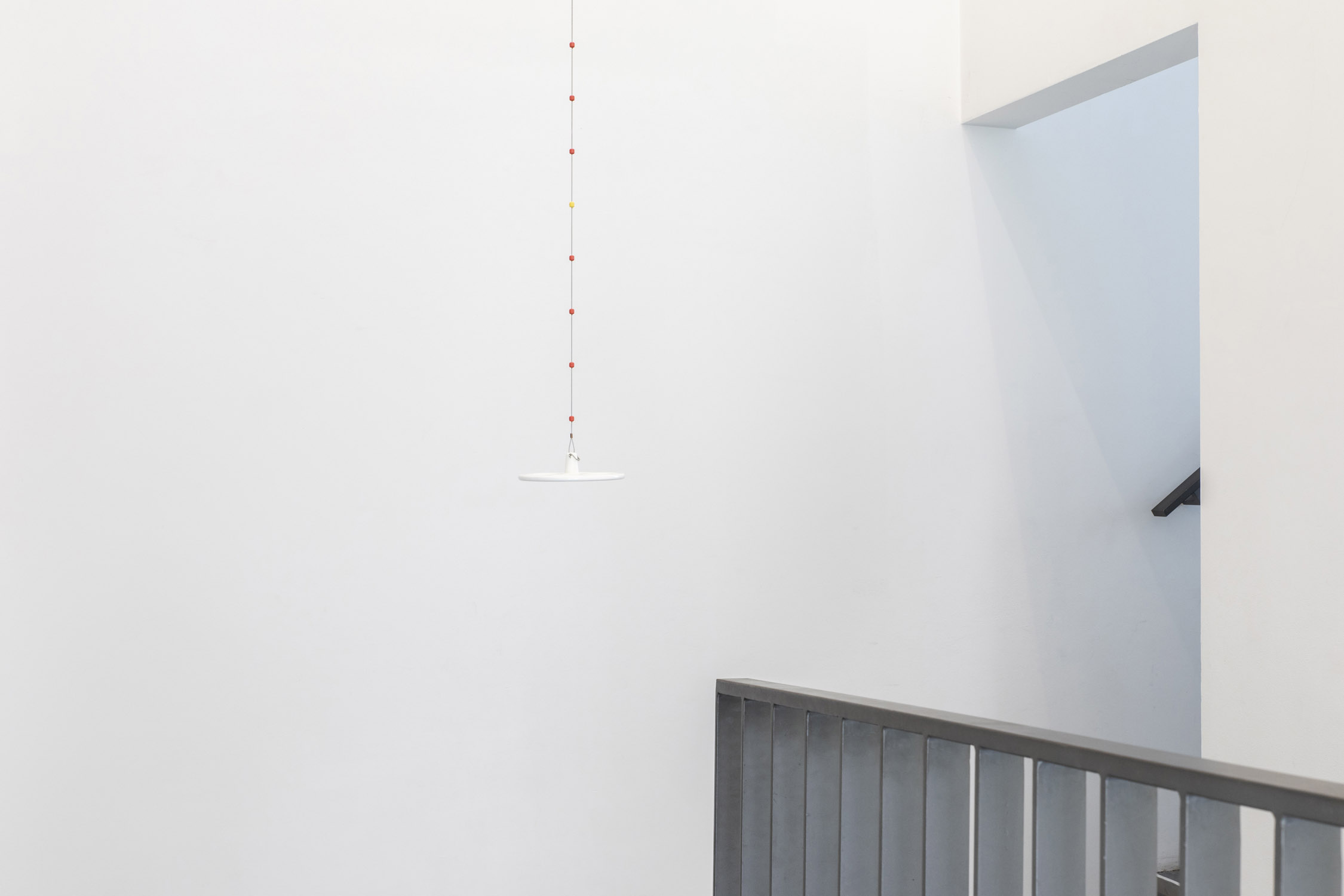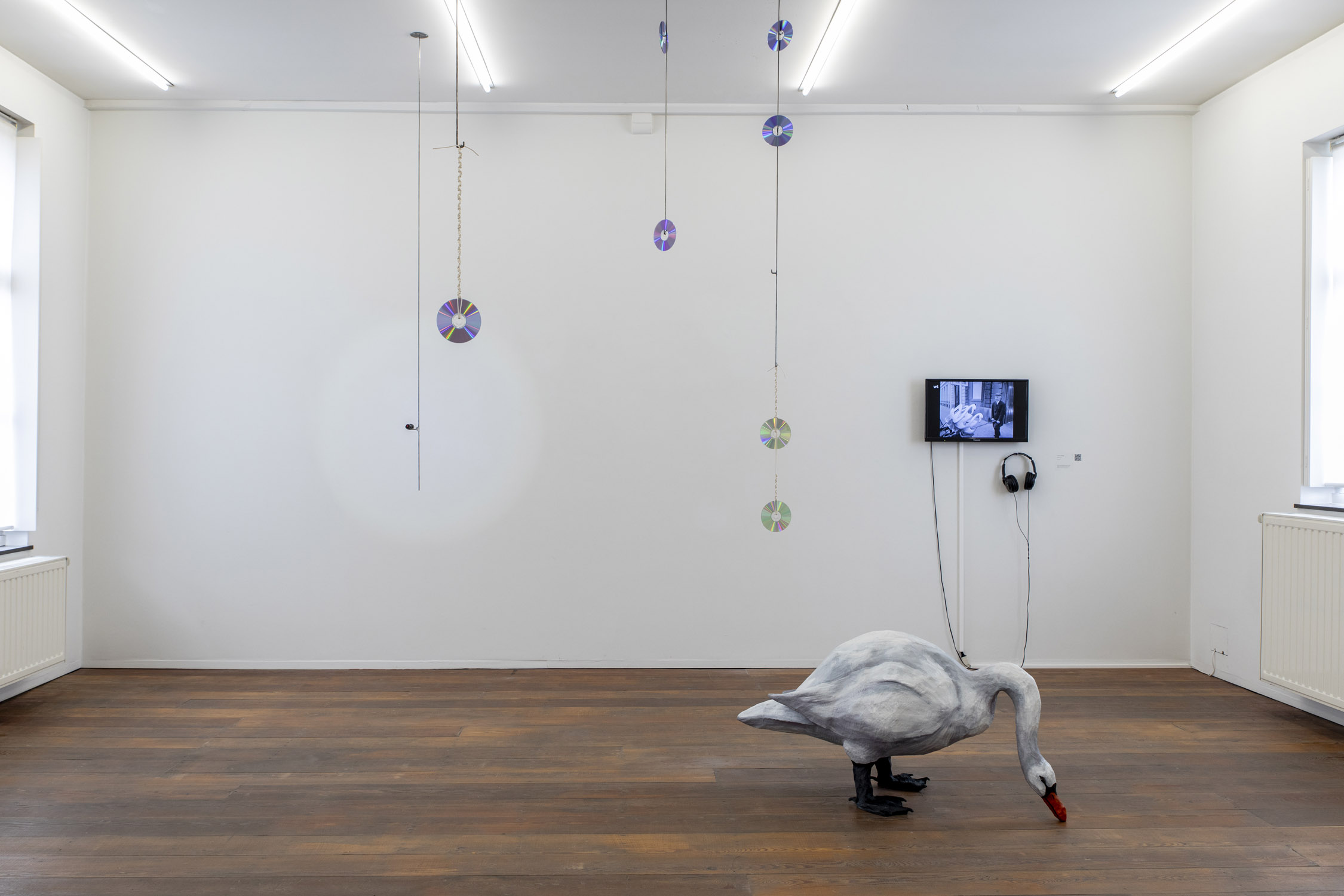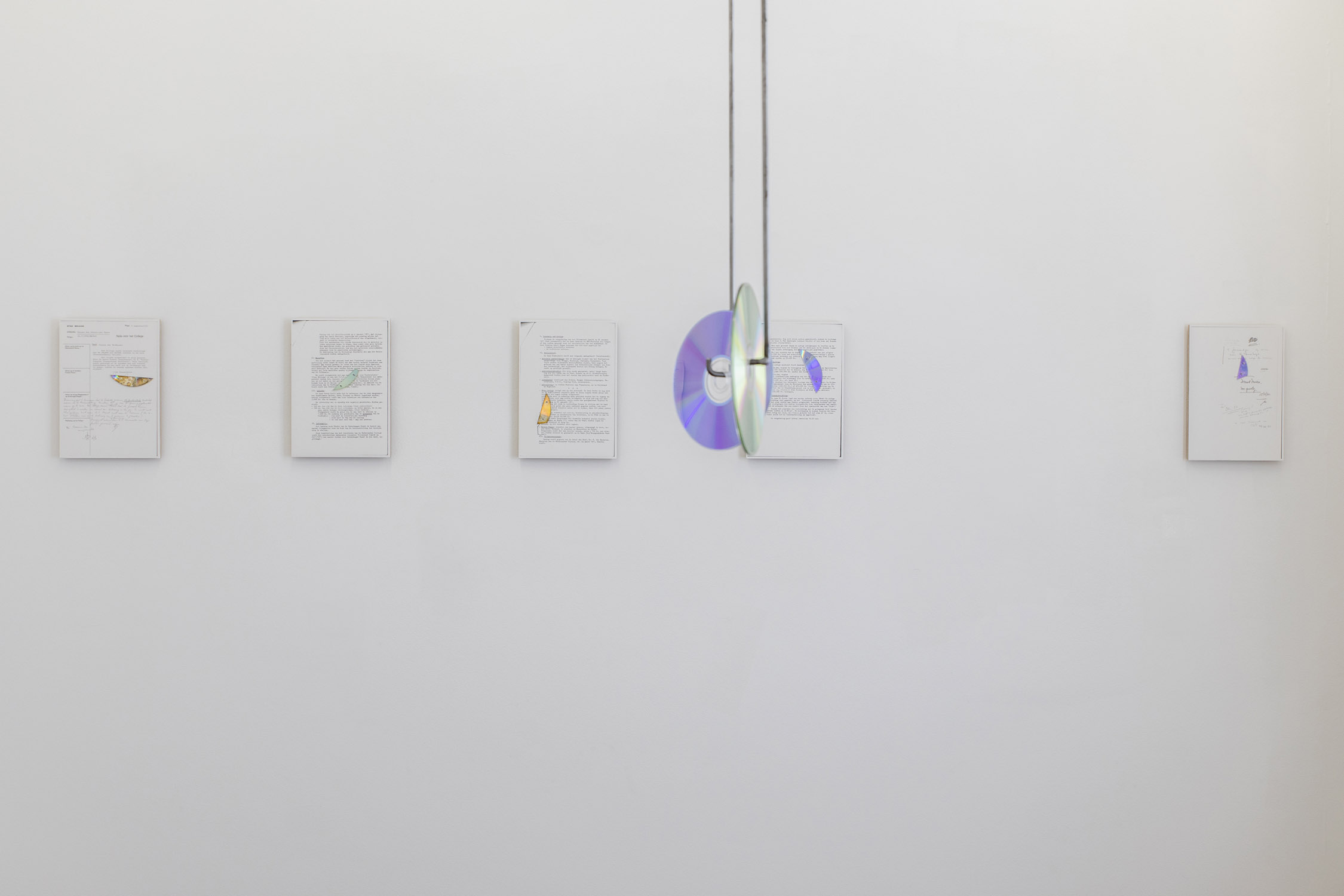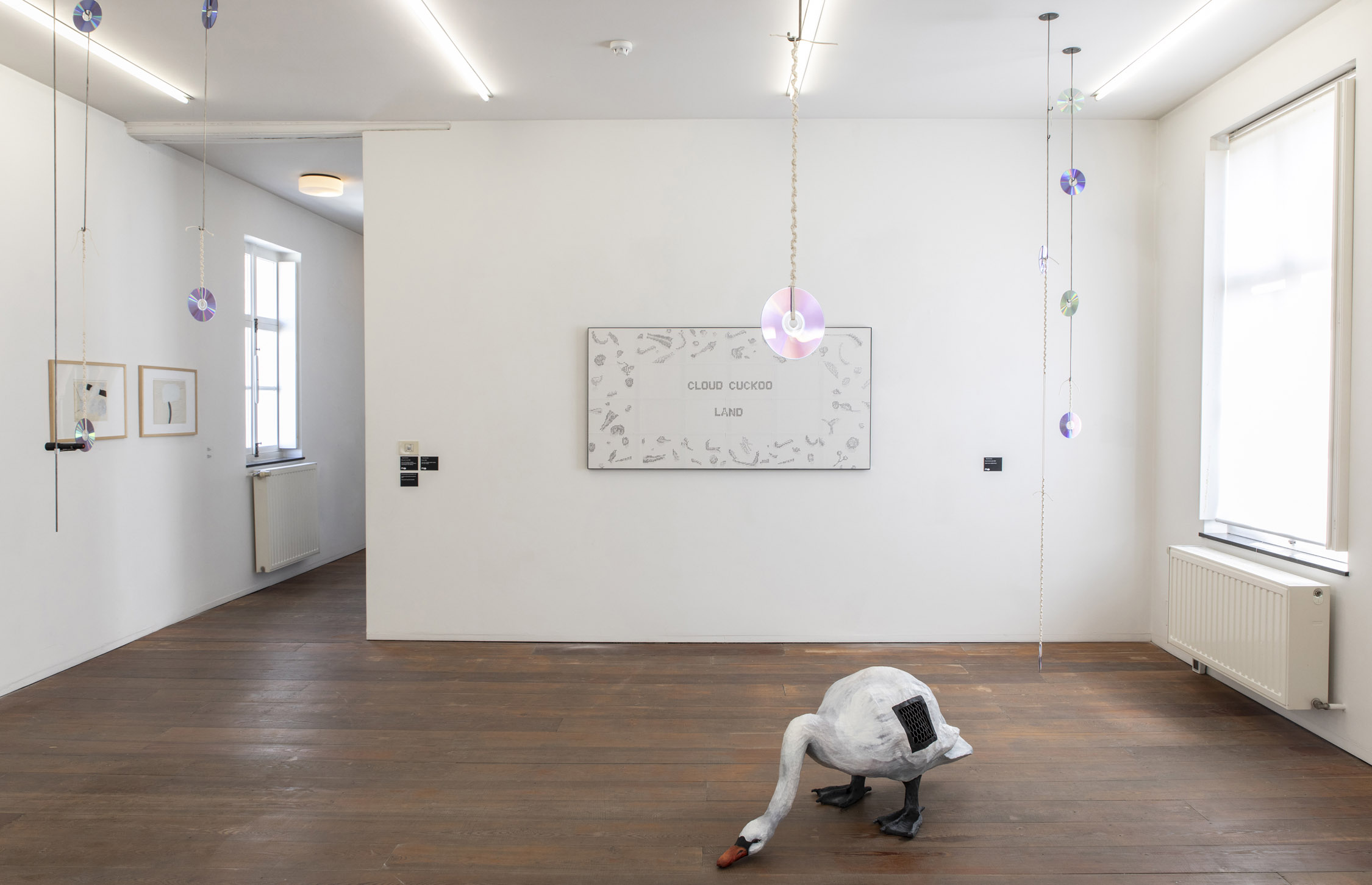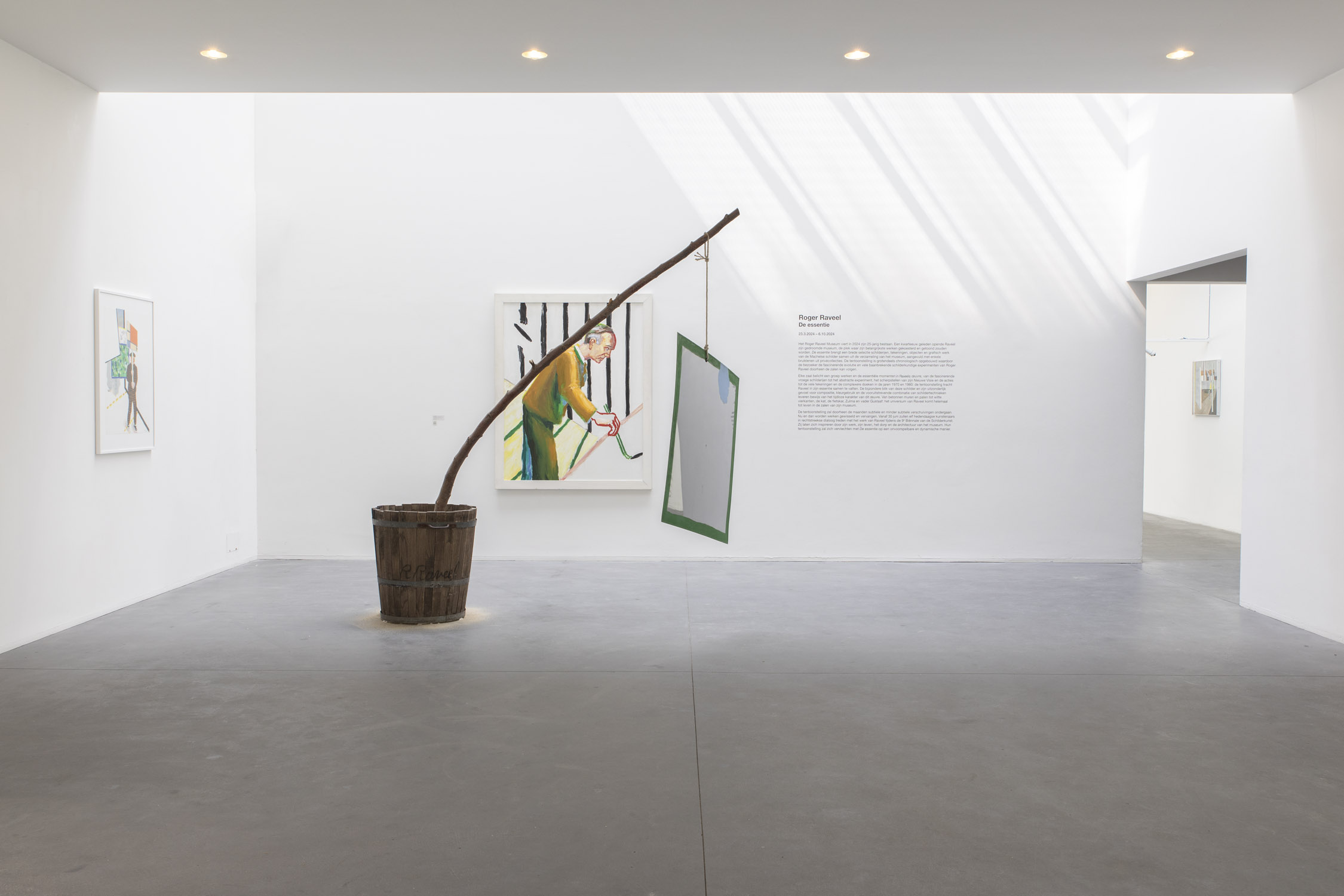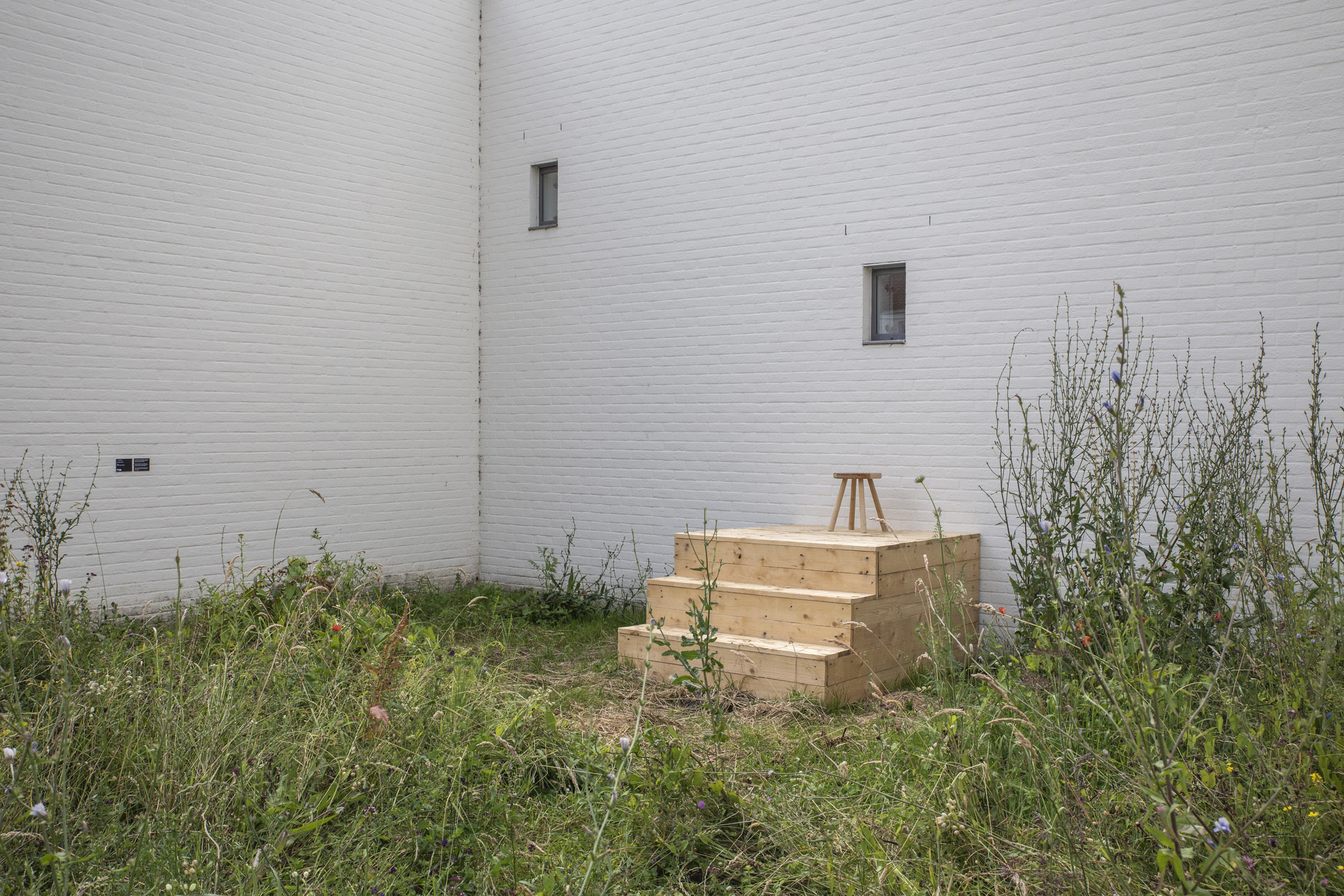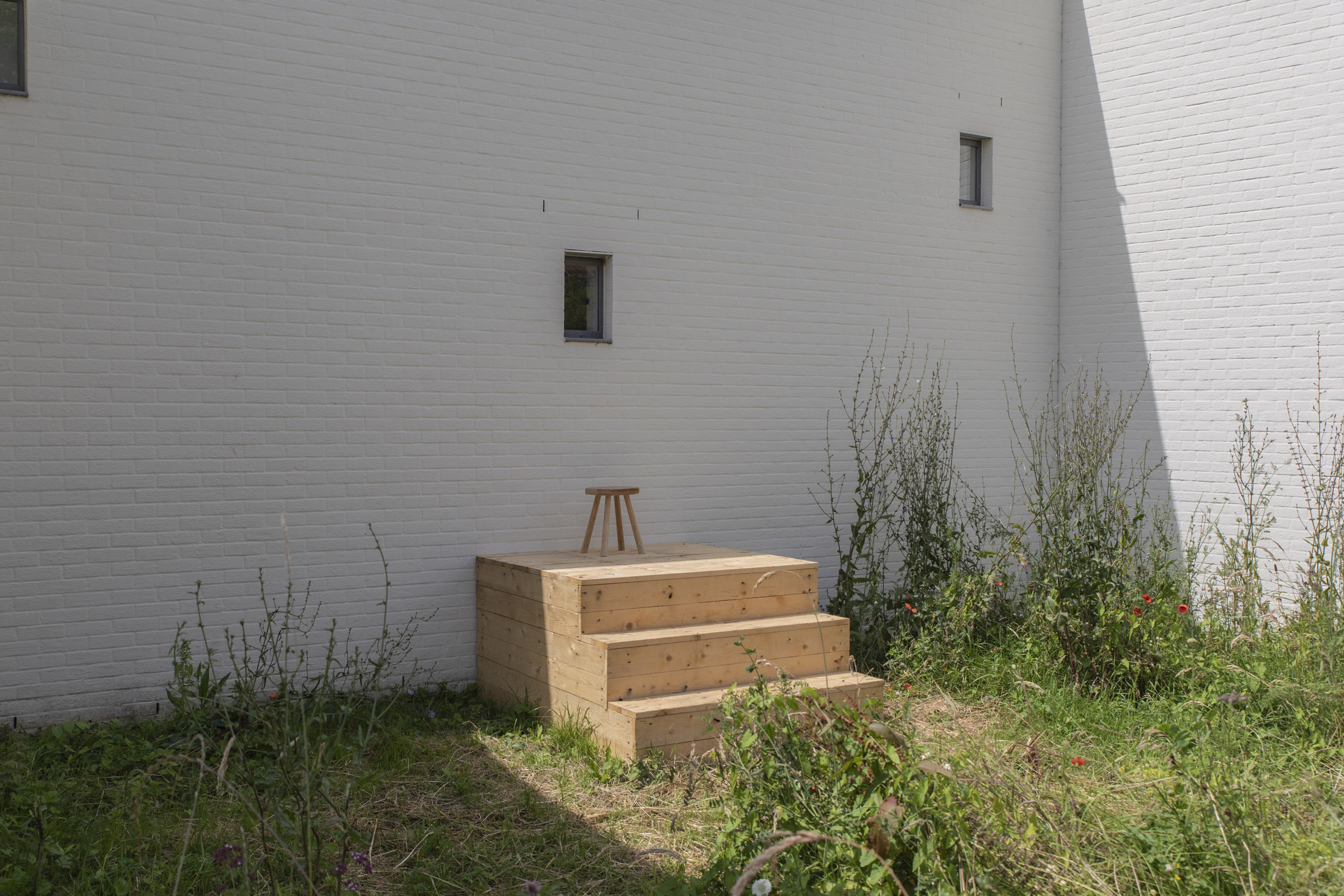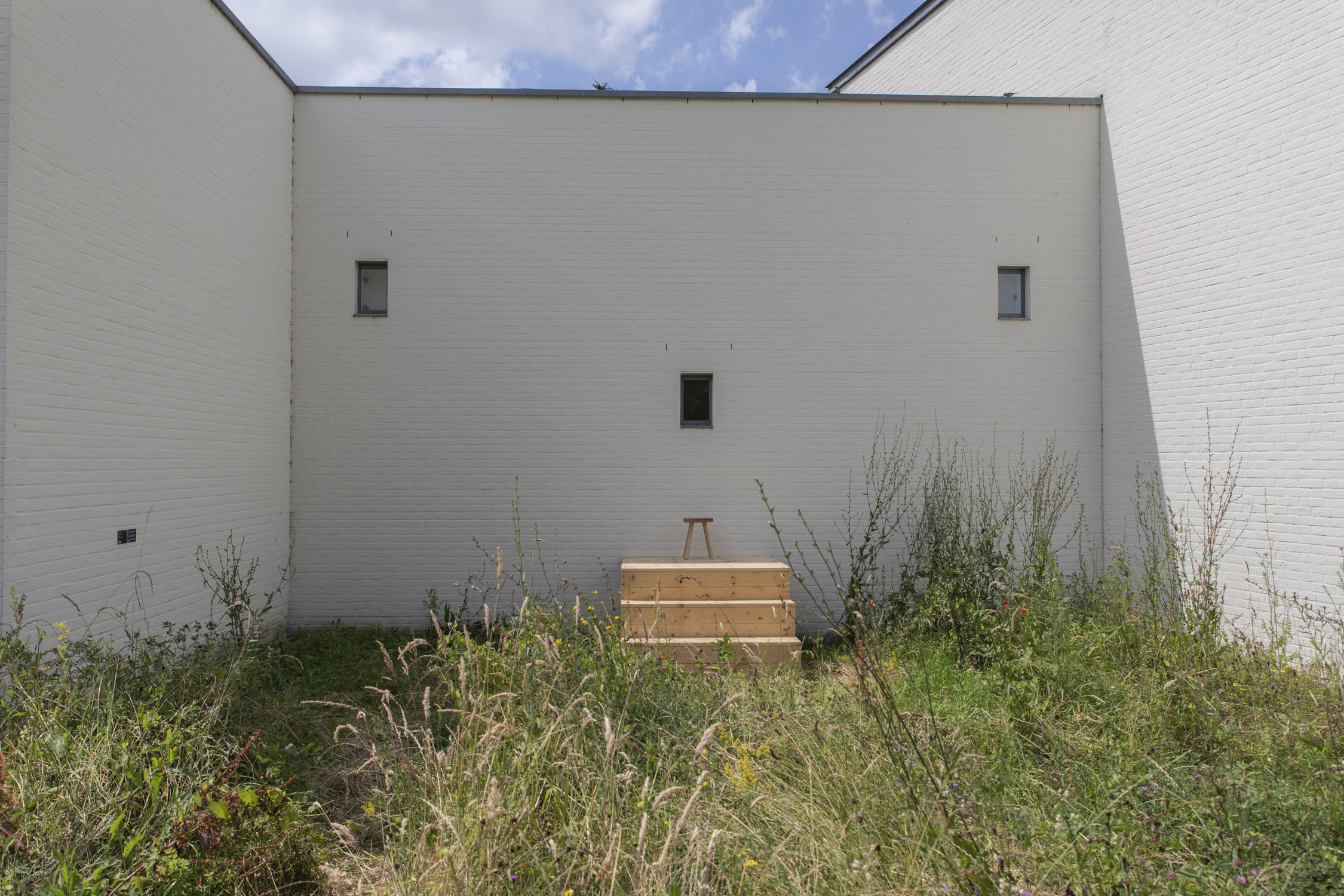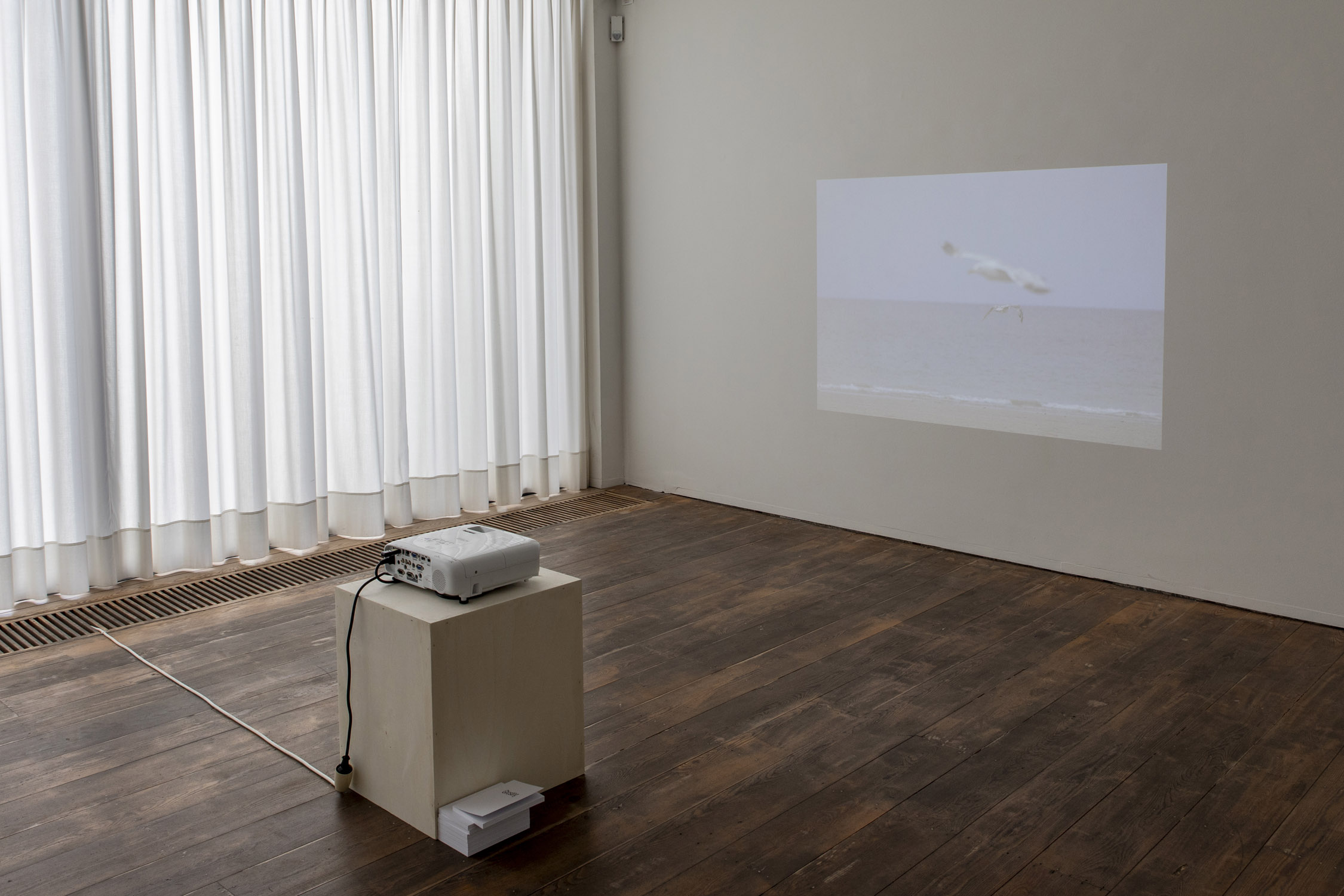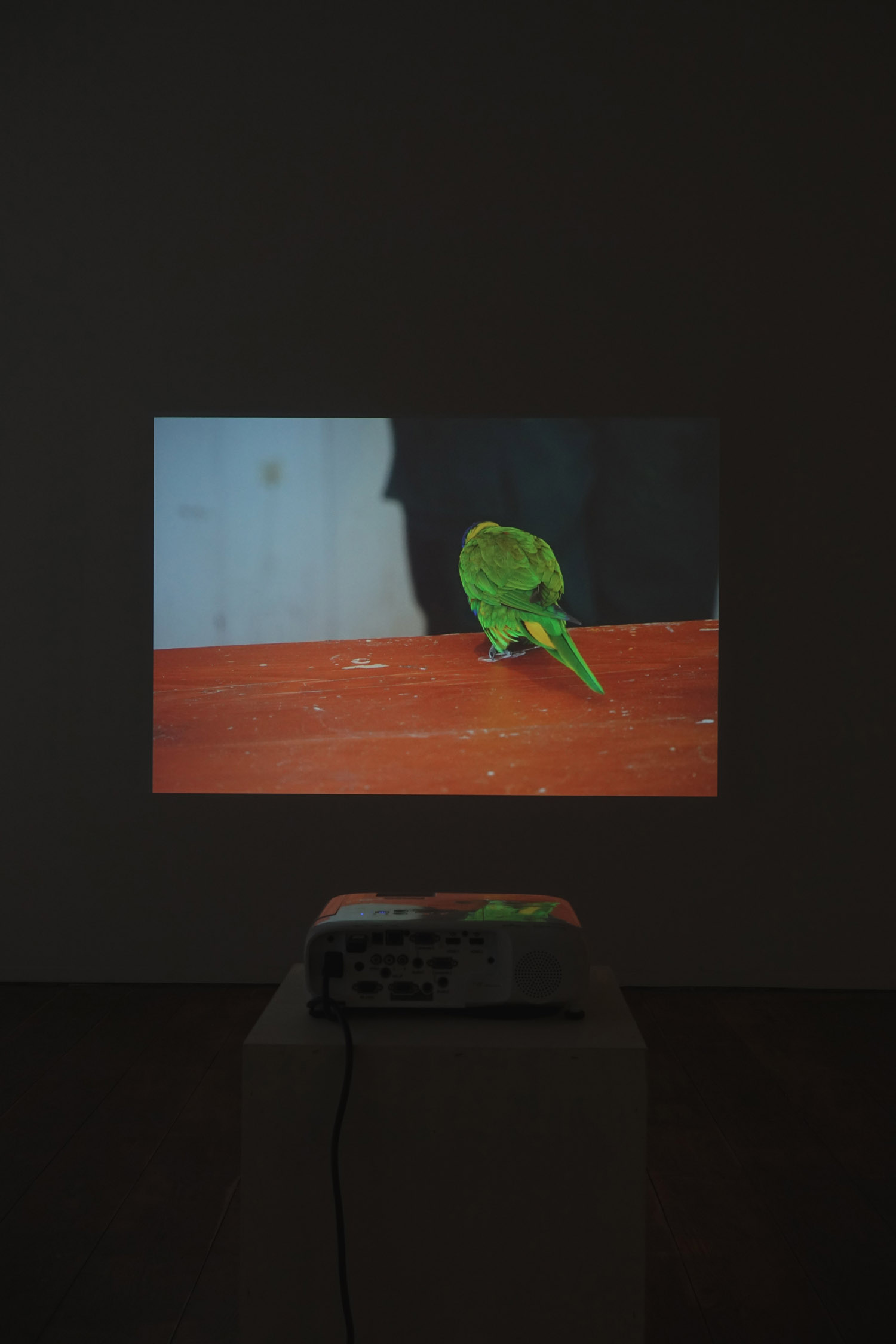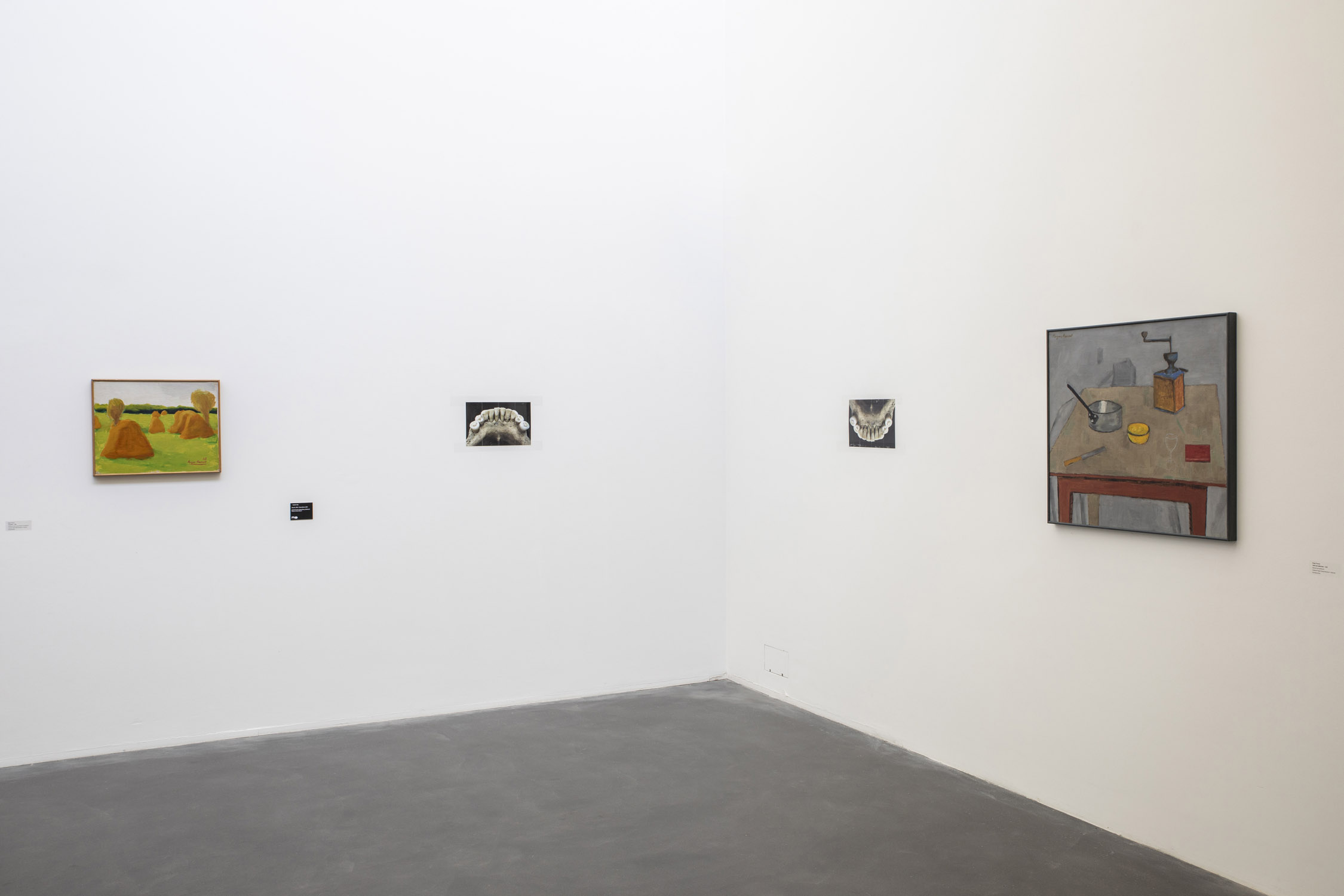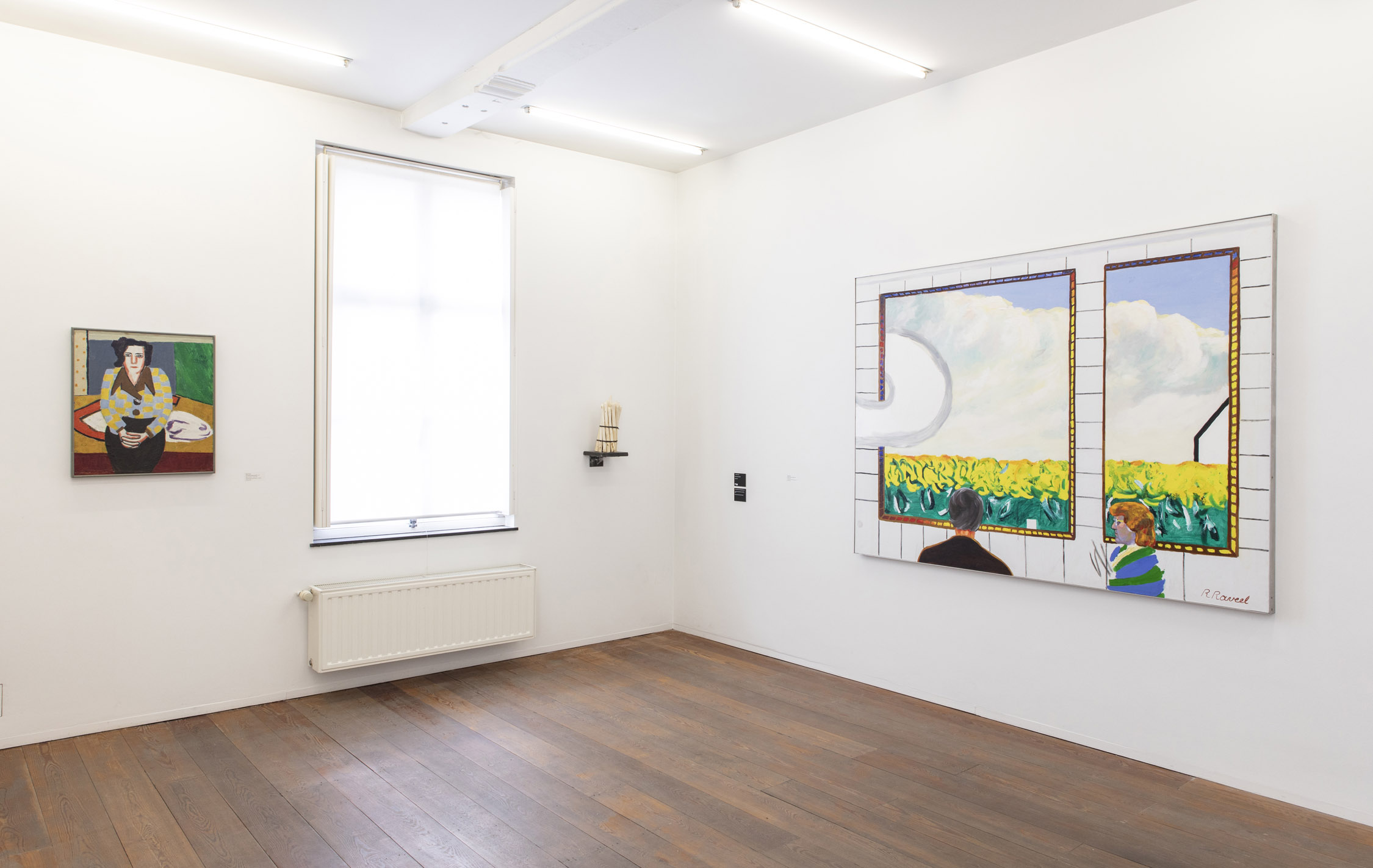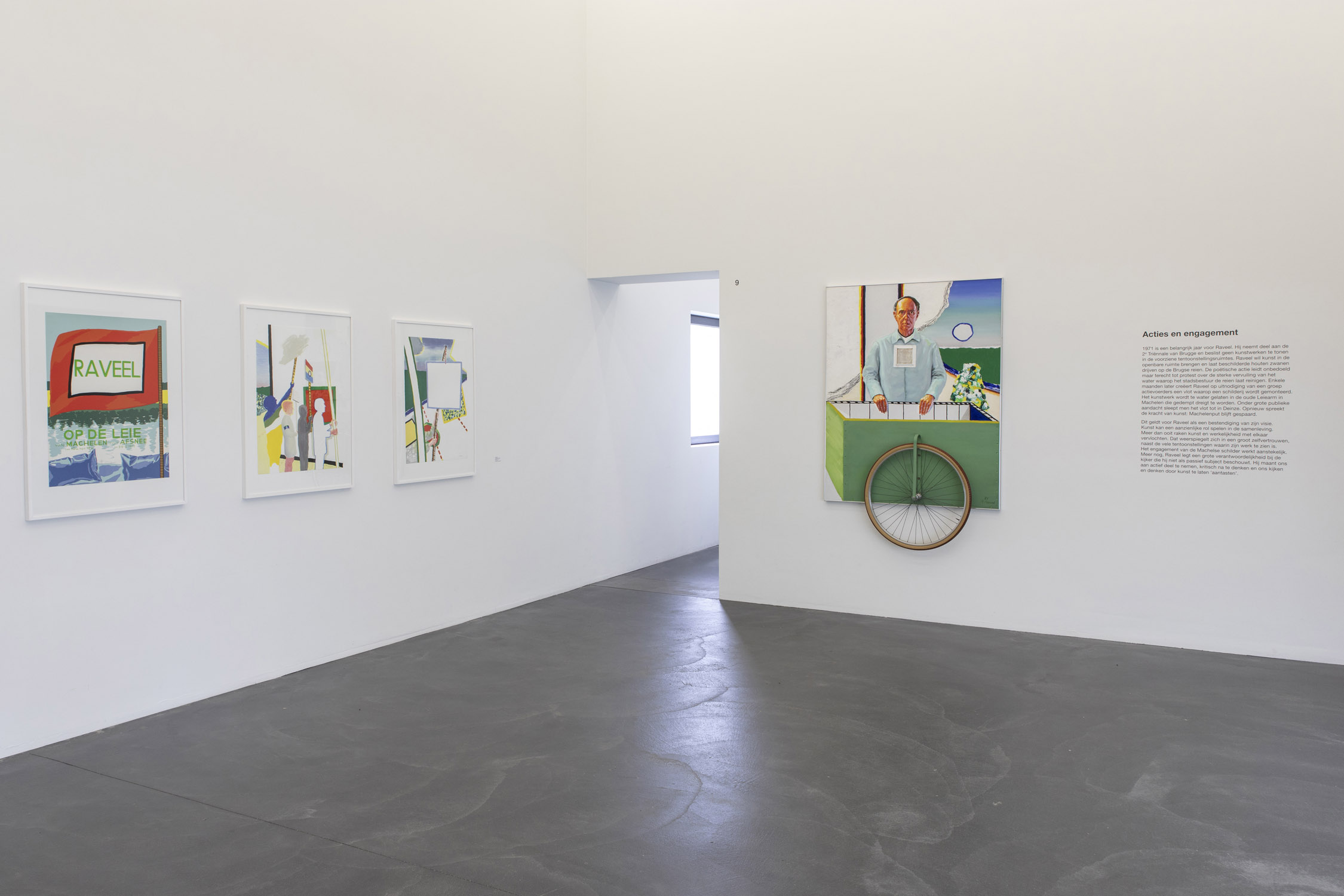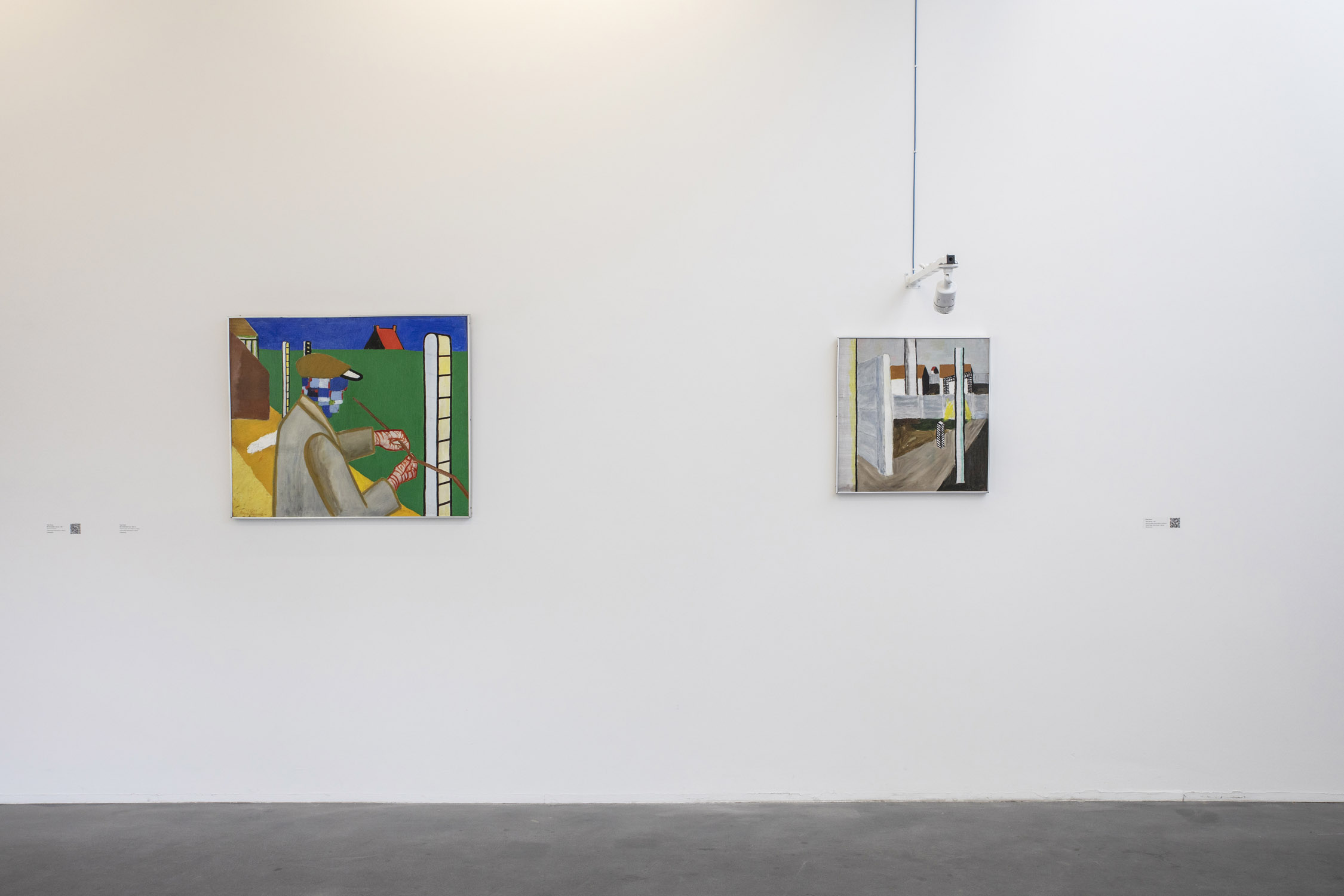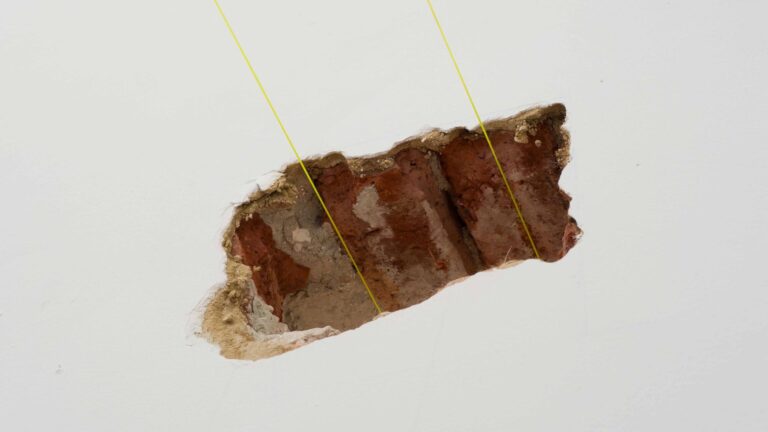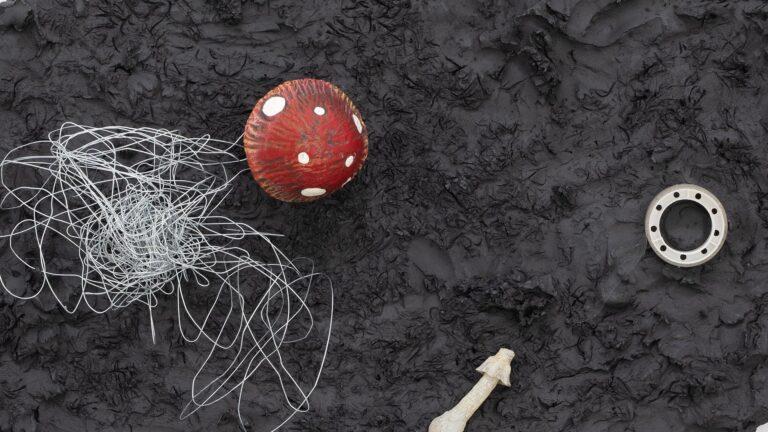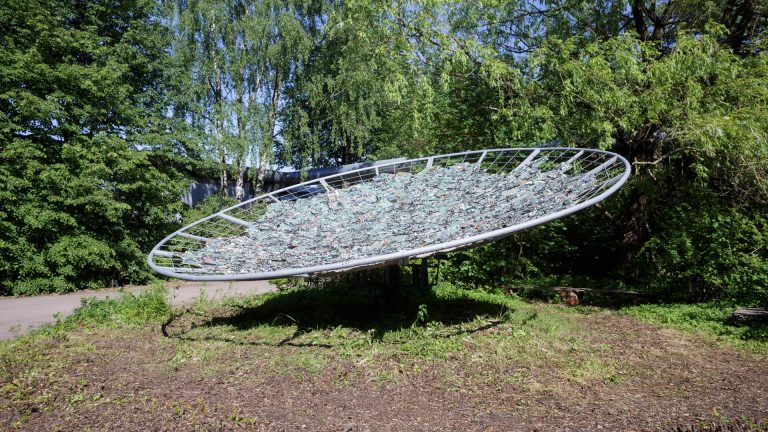At the invitation of the museum, a group of contemporary artists enter into dialogue with the Roger Raveel, his works and his museum, the village and the many stories involved. The artists, none of whom are exclusively focussed on the medium of painting, create a new work for this occasion.
Characteristic of Roger Raveel’s work is the merging of art with life. Raveel leads the artwork into reality. At the same time, the world around us and the viewer are immersed in his art. That is the aim of the New Vision, which had a breakthrough in Belgium and the Netherlands from the mid-1960s onwards. Raveel realizes that art can play a significant role in society. In 1971, his poetic intervention The Swans of Bruges leads unintentionally but quite rightly to the cleansing of the Bruges canals. In the same year, Raveel creates a raft onto which a painting is mounted. The artwork is towed from the old tributary of the Leie in Machelen to Deinze. Once again, the power of art speaks for itself when, under public pressure, the Machelen tributary is spared. Today it is even the heart of a nature reserve and a protected village centre.
Raveel places a great responsibility on the viewer, whom he does not consider a passive subject. He encourages us to actively take part, to reflect critically and let art ‘affect’ our way of seeing and thinking. In 1978, Raveel devises a plan to invite a number of painters for a procession through the streets of Machelen-aan-de-Leie. They carry paintings attached to sticks, just like protest signs. When asked about the purpose of the intervention, the artists deliberately keep quiet. The painting as a form of protest and societal engagement – sewing confusion and sometimes even disruption – is a motif will crop up often in Raveel’s work.
The title of this Biennale of Painting is taken from a peculiar sculpture from 1978. Sprouting from an old wooden barrel is a wooden branch with a painted, mirrored square dangling from it. The image of a scarecrow is one associated with the countryside. They come in various forms, from plastic bags on a string to strawmen dressed in human clothing. What or whom does Raveel seek to keep away? Elitist art snobs or the general public? It’s a rhetorical question: those who feel driven away are the ones who are uncomfortable staring into Raveel’s dangling mirror.
The painting Scarecrow of the Museum in a Painting forms a two-dimensional representation of the same image. This raises questions about the status of the image. It is as if the sculpture is a painting ‘incarnate’. Or did the painted image come after the sculpture? This question is the point of departure for the 9th Biennial of Painting. In 2024, the Roger Raveel Museum celebrates its 25th anniversary – the ideal opportunity to use Roger Raveel’s work as a common thread. What’s more, Raveel is the only artist in the exhibited group who was principally active in the medium of painting.
Over the last few months, the Roger Raveel Museum invited ten contemporary artists from Belgium and abroad to immerse themselves in the life and extensive oeuvre of Roger Raveel, as well as his museum and his village. Several aspects caught their attention. In the creation of their new works, they were inspired not only by Raveel’s societal engagement, his stubbornness and the freedom he carved out for himself. The aesthetic and poetic qualities also inspired the artists to create new works. It was a conscious choice to juxtapose the Machelen painter not with other painters but with artists who make conceptual, sculptural or spatial work reflecting on Raveel’s painting in all its aspects. The artworks are rooted in the presentations ‘Roger Raveel. The Essence’ and ‘Zulma. Muse and manager’, which offer a broad overview of Raveel’s work, as well as the key players in his life. A number of the participating artists’ works are presented outside the walls of the exhibition spaces, activating the immediate surroundings of the museum.


